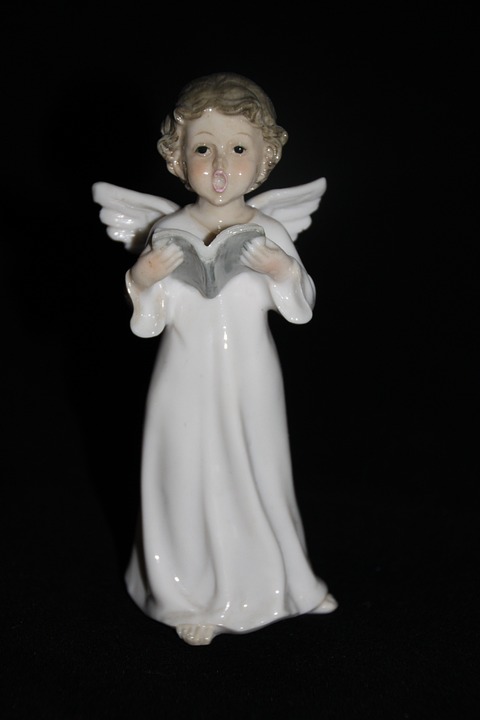Fish behavior is an important aspect of maintaining a harmonious and thriving aquarium ecosystem. By understanding the behavior patterns of different fish species, aquarium enthusiasts can create a peaceful and balanced tank environment. In this article, we will explore the behavior of peaceful tank fish species and their interactions, providing valuable insights for both beginners and experienced aquarists.
Understanding fish behavior in aquariums is crucial for several reasons. Firstly, it helps in creating a harmonious environment where fish can coexist peacefully. By selecting compatible tankmates, aquarists can prevent aggression and stress among fish, ensuring a more enjoyable and visually appealing tank.
Secondly, understanding fish behavior promotes overall fish health and well-being. When fish are in a stress-free environment and able to exhibit natural behaviors, they are more likely to thrive and live longer. By providing suitable tank conditions and replicating their natural habitat, aquarists can encourage optimal behavior and reduce the risk of disease or illness.
Now, let’s take a closer look at some peaceful tank fish species and their behavior:
1. Guppies:
Guppies are known for their social nature and schooling behavior. They thrive when kept in groups of at least six individuals. They are compatible with other peaceful fish species such as tetras and peaceful barbs. Guppies are also known for their breeding habits and parental care, making them a fascinating addition to any aquarium.
2. Corydoras Catfish:
Corydoras catfish are bottom-dwelling fish with scavenging habits. They play an essential role in cleaning up leftover food and debris. They exhibit shoaling tendencies and form groups, which helps them feel secure. They are generally compatible with other bottom-dwelling fish species such as loaches and some dwarf cichlids.
3. Neon Tetras:
Neon tetras are small, active fish known for their beautiful colors and active schooling behavior. They prefer soft, slightly acidic water conditions and thrive in well-planted tanks. Neon tetras are compatible with other small, peaceful fish species such as rasboras and small gouramis.
4. Cherry Barb:
Cherry barbs are peaceful fish with a lively temperament and active swimming behavior. They prefer well-planted tanks with plenty of open swimming areas. They are generally compatible with other barb species and peaceful community fish.
Understanding the interactions among peaceful tank fish species is also important. Schooling behavior, where fish swim in coordinated groups, can have a significant impact on tank dynamics. Establishing a hierarchy within peaceful fish communities is common, and it helps maintain order and reduce aggression.
Compatible tankmates can provide mutual benefits to each other. For example, some fish species may have different feeding habits, which reduces competition for food. Additionally, avoiding overcrowding and maintaining a balanced fish population is crucial for the well-being of all tank inhabitants.
In conclusion, understanding fish behavior is vital for creating and maintaining a peaceful tank environment. By selecting compatible tankmates, providing appropriate hiding places, open swimming areas, and suitable water parameters, aquarists can ensure the well-being and happiness of their fish. With careful observation and consideration, a harmonious aquarium ecosystem can be achieved, resulting in a stunning display of natural fish behavior.









